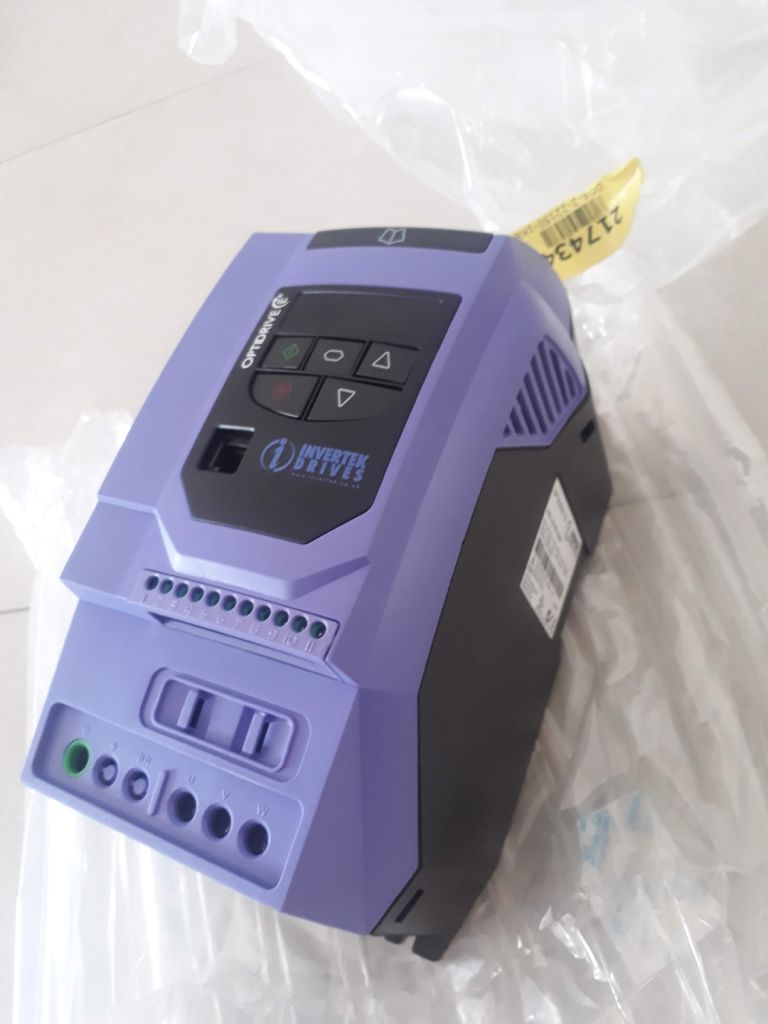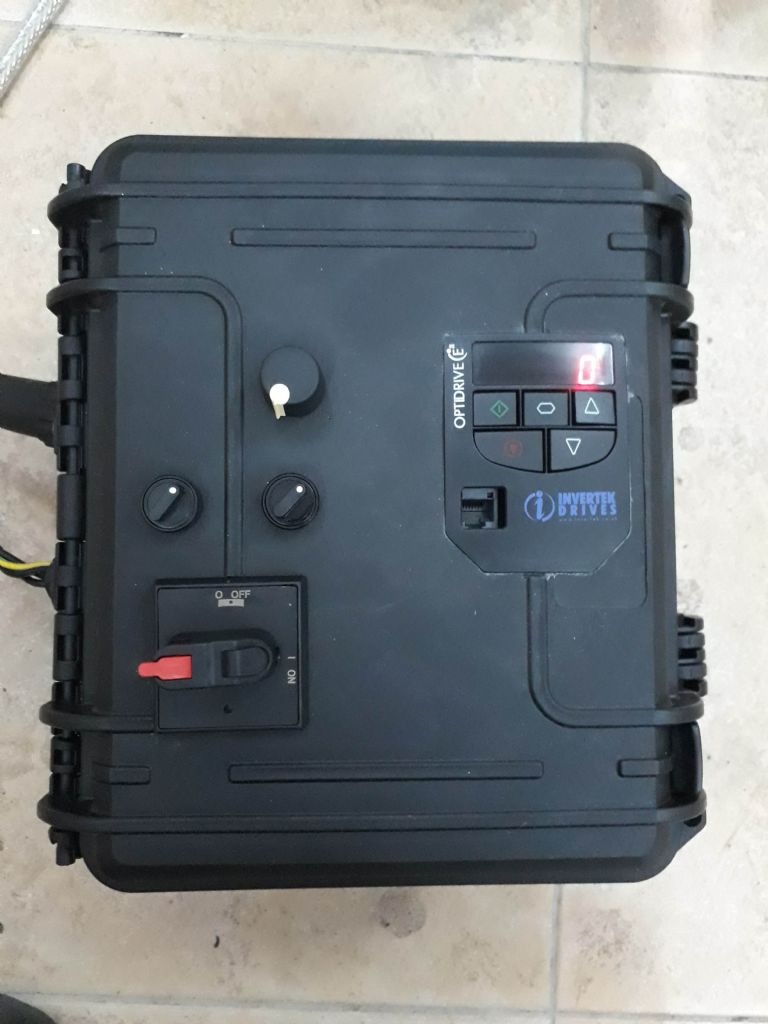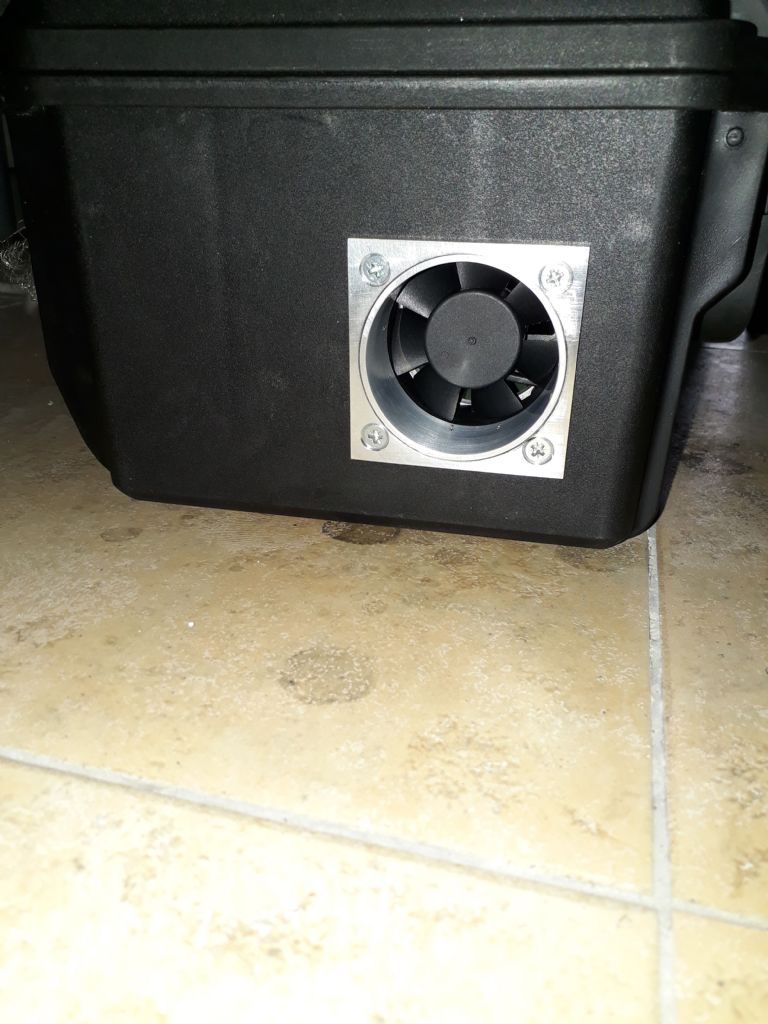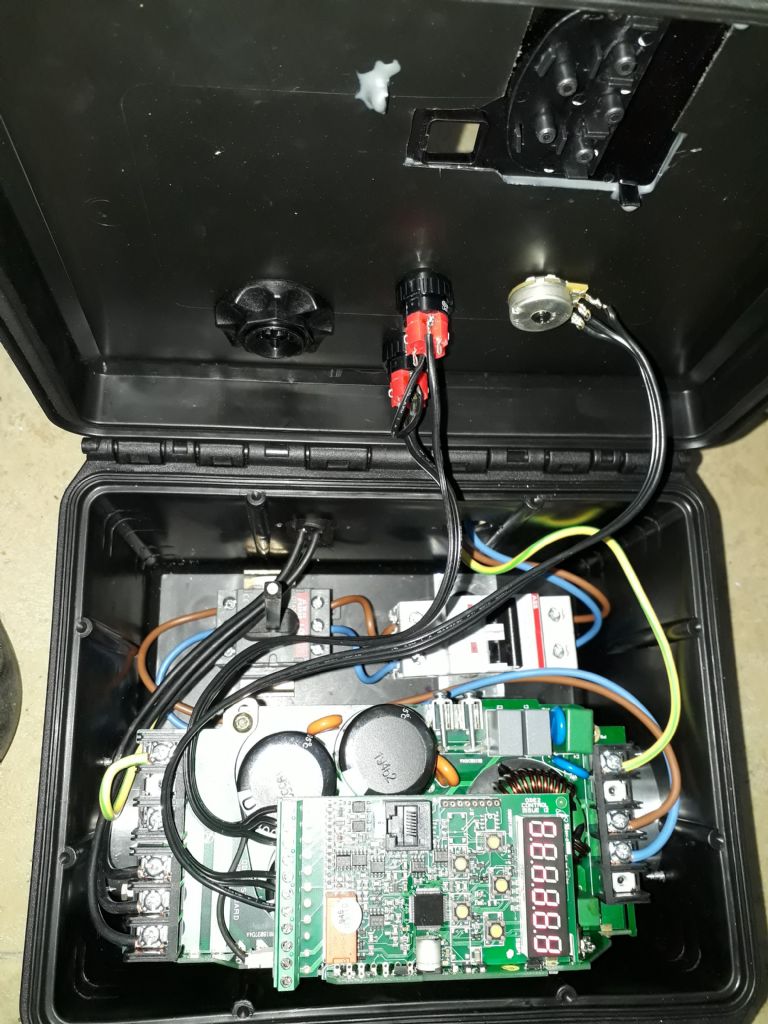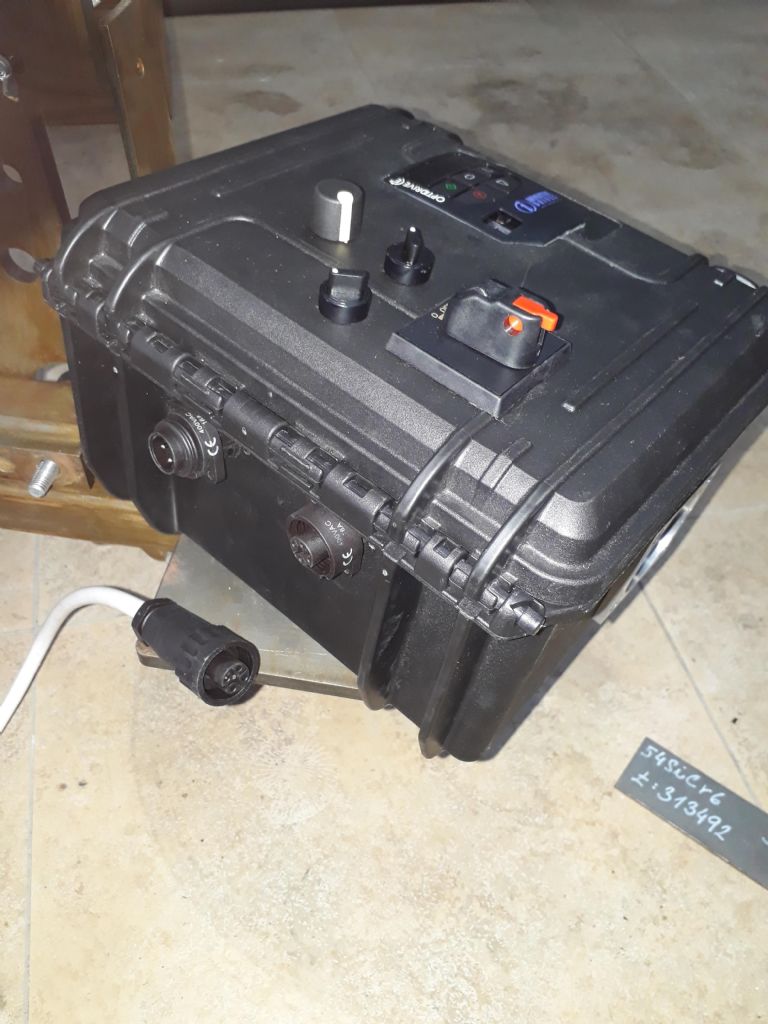METAL DUST & VFDs
METAL DUST & VFDs
- This topic has 30 replies, 19 voices, and was last updated 4 May 2022 at 20:36 by
Neil Lickfold.
- Please log in to reply to this topic. Registering is free and easy using the links on the menu at the top of this page.
Latest Replies
Viewing 25 topics - 1 through 25 (of 25 total)
-
- Topic
- Voices
- Last Post
Viewing 25 topics - 1 through 25 (of 25 total)
Latest Issue
Newsletter Sign-up
Latest Replies
- Adaptation of the Proxxon Milling machine
- bolts harness and head shearing?
- Scam email
- S&B Sabel lathe quick change tool post
- What size gear cutter for gear
- Stuart Twin Victoria (Princess Royal) Mill Engine
- Mystery Object found in FE College
- Myford Super-7 chuck – unacceptable run-out??
- FreeCAD v1.0 tutorials
- Comm Ads


